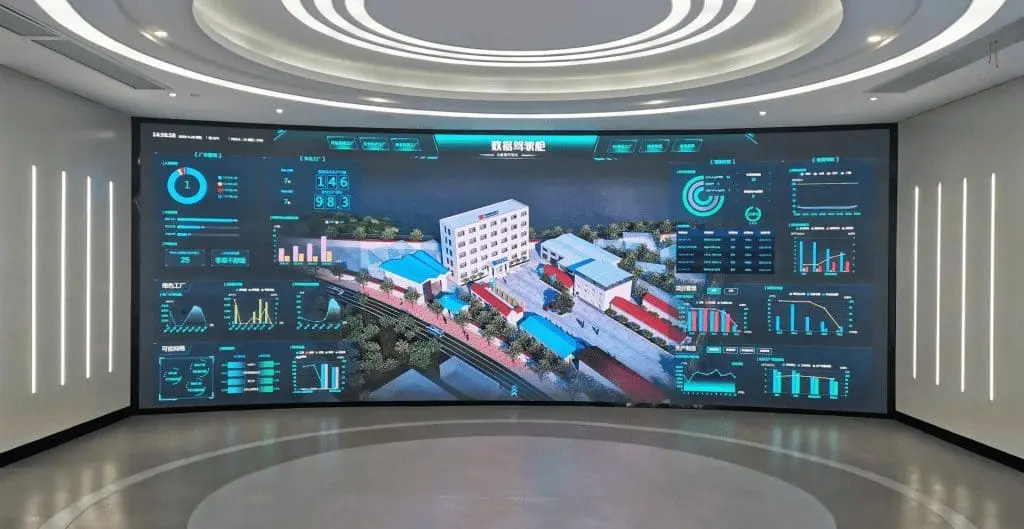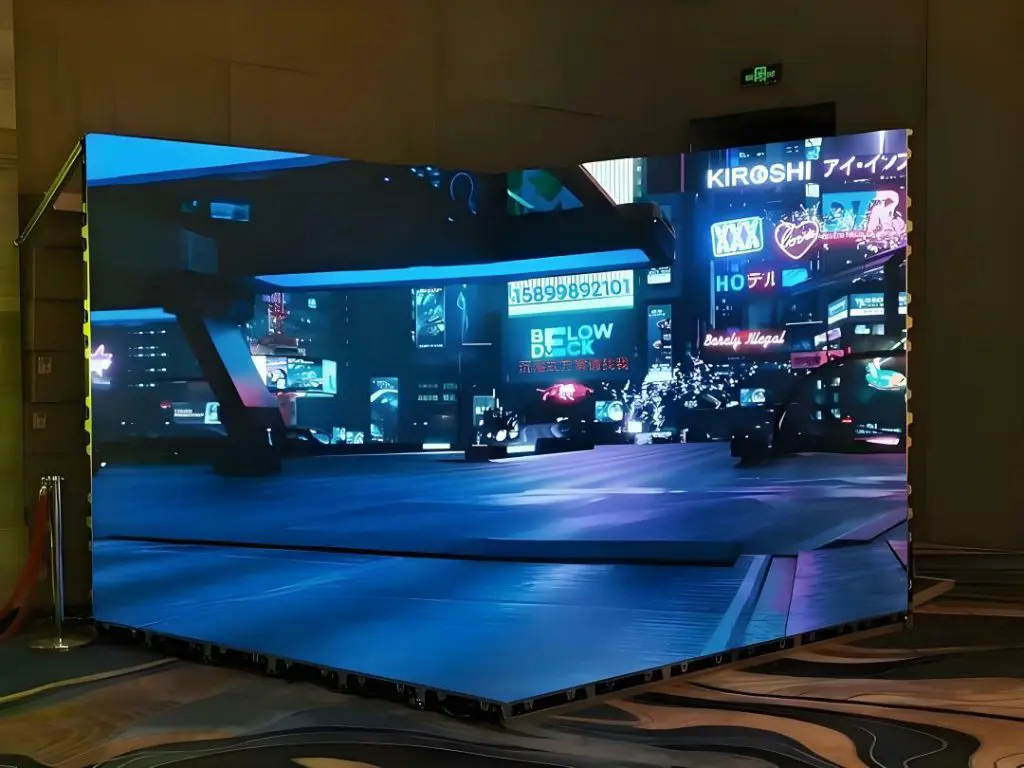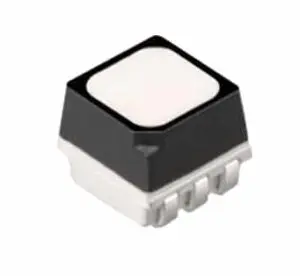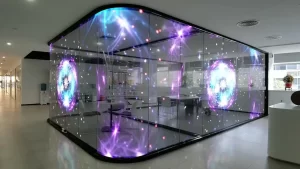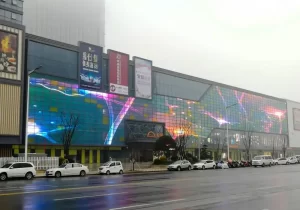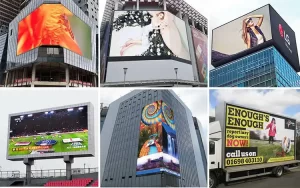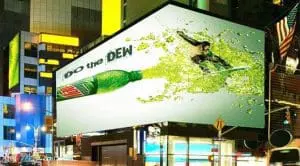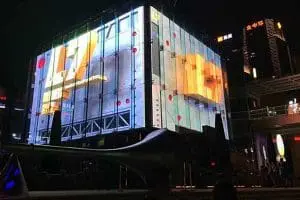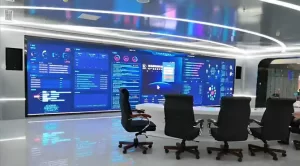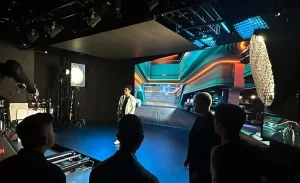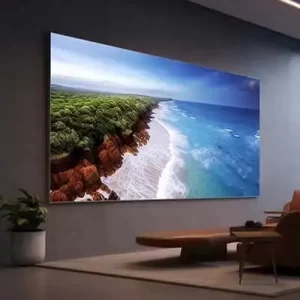In today’s digital age, LED screens play a crucial role in advertising, entertainment, and communication. From indoor retail displays to large outdoor billboards, these screens provide vibrant visuals and dynamic content that captures attention. However, not all LED screens are created equal. A critical distinction exists between indoor and outdoor LED screens, as each is designed to meet specific environmental and functional requirements. Understanding these differences is essential for selecting the right LED display for your needs.
Understanding Indoor LED Screens
Indoor LED screens are designed for controlled environments where external factors like weather and sunlight are minimal or nonexistent. These screens prioritize high resolution, color accuracy, and close viewing distances, making them ideal for applications such as shopping malls, conference rooms, airports, and retail stores.
Key Features of Indoor LED Walls
-
Brightness Levels
- Indoor LED Walls typically have brightness levels ranging from 600 to 1,500 nits, which are sufficient for environments with artificial lighting.
-
Pixel Pitch
- These screens feature smaller pixel pitches (as low as 0.9mm), ensuring sharp and detailed images for viewers in close proximity.
-
Slim and Lightweight Design
- Indoor screens are designed with sleek profiles, making them easy to install and integrate into interior spaces.
-
Interactivity
- Many indoor models incorporate touch-sensitive surfaces, enabling interactive experiences for applications such as retail displays, education, and exhibitions.
Exploring Outdoor LED Screens
Outdoor LED screens are engineered to withstand harsh environmental conditions while maintaining high visibility and vibrant visuals. These displays are commonly used for billboards, stadiums, and public events, where durability and brightness are critical.
Key Features of Outdoor LED Walls
-
Brightness Levels
- Outdoor screens offer brightness levels exceeding 5,000 nits, ensuring content remains visible even in direct sunlight.
-
Durability
- Constructed with weatherproof and dustproof enclosures, outdoor LED Walls are resistant to rain, wind, and extreme temperatures.
-
Pixel Pitch
- Outdoor displays have larger pixel pitches (ranging from 4mm to 20mm) to accommodate long-distance viewing.
-
Cooling Systems
- Advanced cooling mechanisms help maintain optimal operating temperatures, ensuring consistent performance under varying weather conditions.
Comparative Analysis: Indoor vs. Outdoor LED Screens
To help you better understand the distinctions, here’s a side-by-side comparison of indoor and outdoor LED screens:
| Feature | Indoor LED Screens | Outdoor LED Screens |
|---|---|---|
| Brightness | 600–1,500 nits | 5,000–10,000 nits |
| Pixel Pitch | 0.6mm–2.5mm | 2.5mm–16mm |
| Viewing Distance | Short (1–10 meters) | Long (10–100+ meters) |
| Durability | Designed for controlled environments | Weatherproof and impact-resistant |
| Power Consumption | Lower | Higher (due to increased brightness) |
| Installation | Slim and lightweight design | Robust construction with protective enclosures |
| Cost | Generally less expensive | More expensive due to protective features |
Choosing the Right LED Screen for Your Needs
When deciding between indoor and outdoor LED screens, consider the following factors:
1. Environment
- Will the screen be exposed to weather elements like sunlight, rain, or dust?
- Indoor LED Walls are ideal for controlled environments, while outdoor screens are necessary for harsh conditions.
2. Viewing Distance
- How far will viewers be from the screen?
- Choose smaller pixel pitches for close viewing distances (e.g., P1.2–P3 for indoors) and larger pixel pitches for long distances (e.g., P6–P10 for outdoors).
3. Brightness Requirements
- Indoor displays need lower brightness levels, whereas outdoor screens require high brightness (5,000+ nits) for sunlight visibility.
4. Budget
- Outdoor LED screens are more expensive due to their durability and brightness capabilities. Evaluate your budget and prioritize features based on your use case.
5. Installation Constraints
- Consider structural requirements, space availability, and the complexity of installation for your chosen location.
Frequently Asked Questions (FAQ)
1. Can indoor LED Walls be used outdoors?
No, indoor LED Walls are unsuitable for outdoor use. Even in mild weather, factors like humidity, dust, and sunlight can damage the screen or reduce its performance. Outdoor LED Walls are specifically designed to withstand these environmental challenges.
2. Why are outdoor LED screens more expensive?
Outdoor LED screens require weatherproof casings, high brightness levels, and robust structural components to resist wind, rain, and sun exposure. These additional features naturally increase the cost compared to indoor models.
3. What is pixel pitch, and why is it important?
Pixel pitch refers to the distance between two adjacent pixels, measured in millimeters.
- A smaller pixel pitch provides higher resolution and is ideal for close-up viewing (e.g., indoor screens).
- A larger pixel pitch works better for long-distance viewing (e.g., outdoor billboards).
4. Is brightness the only difference between indoor and outdoor LED screens?
No, while brightness is a key factor, other differences include waterproofing, pixel pitch, casing materials, power consumption, and installation methods. Each type is tailored for its specific environment and purpose.
5. How long do LED screens last?
With proper maintenance, both indoor and outdoor LED screens have a lifespan of 50,000 to 100,000 hours. Outdoor screens may require more frequent upkeep due to exposure to the elements.
6. Are there hybrid LED screens for both indoor and outdoor use?
Some manufacturers offer semi-outdoor or hybrid screens that can handle partial exposure, such as in shaded areas or under covered stadium roofs. However, these are not a replacement for fully weatherproof outdoor screens.









